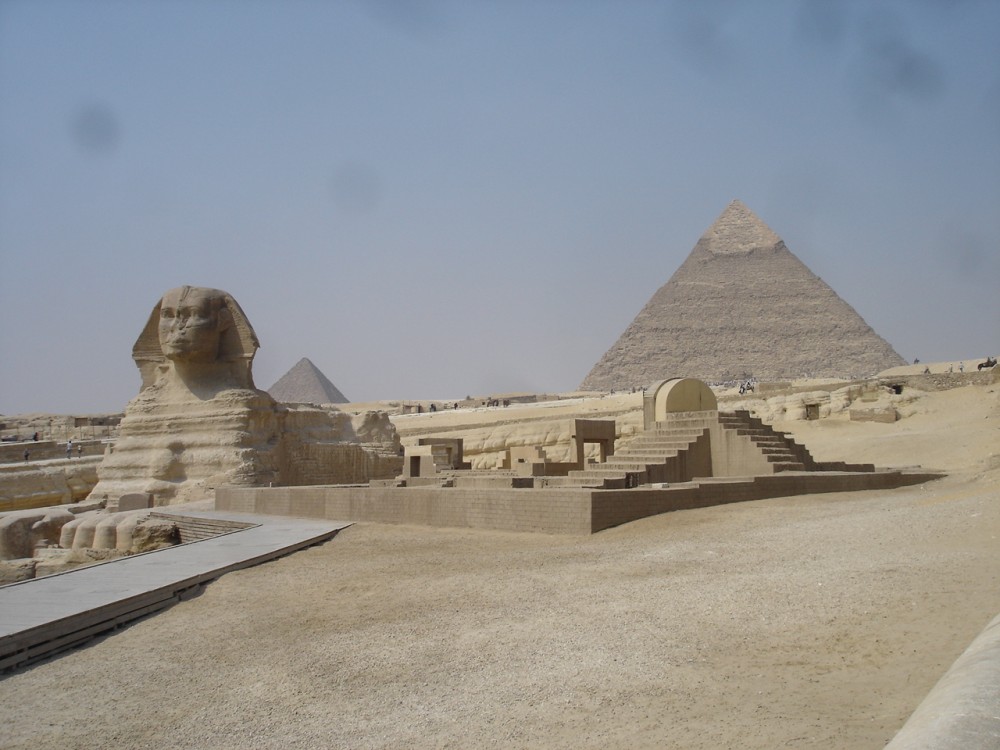20 Feb. Joseph becomes Vizier of Egypt
“So the king said to Joseph, ‘God has shown you all this. There is no one as wise and understanding as you are, so I will put you in charge of my palace. All the people will obey your orders, and only I will be greater than you...’”
“Then the king took off from his own finger his ring with the royal seal on it, and he put it on Joseph’s finger. He gave Joseph fine linen clothes to wear, and he put a gold chain around Joseph’s neck. The king had Joseph ride in the second royal chariot, and people walked ahead of his chariot calling, ‘Bow down!’…”
“The king gave Joseph the name Zaphenath-Paneah. He also gave Joseph a wife named Asenath, who was the daughter of Potiphera, priest of On. So Joseph travelled through all the land of Egypt.”
“Joseph was 30 years old when he began serving the king of Egypt… During the seven good years, the crops in the land grew well. And Joseph gathered all the food which was produced in Egypt during those seven years of good crops and stored the food in the cities…”
“Before the years of hunger came, Joseph and Asenath had two sons. Joseph named the first son Manasseh [meaning ‘made me forget’] and said, ‘God has made me forget all the troubles I have had and all my father’s family.’ Joseph named the second son Ephraim [meaning ‘given me children’] and said, ‘God has given me children in the land of my troubles.’”
“The seven years of good crops came to an end in the land of Egypt. Then the seven years of hunger began, just as Joseph had said. In all the lands people had nothing to eat, but in Egypt there was food. The time of hunger became terrible in all of Egypt, and the people cried to the king for food. He said to the Egyptians, ‘Go to Joseph and do whatever he tells you.’”
“The hunger was everywhere in that part of the world. And Joseph opened the storehouses and sold grain to the people of Egypt, because the time of hunger became terrible in Egypt. And all the people in that part of the world came to Joseph in Egypt to buy grain because the hunger was terrible everywhere in that part of the world.”
(Genesis 41:39-57)

After he had interpreted the king’s dreams as a warning of severe famine after seven years of good harvests, Joseph was put in charge of Egypt’s agriculture in c.1670BC and built storehouses to prepare for the seven years of famine.
Joseph was appointed Vizier (Prime Minister) to the pharaoh - probably Amenemhat III (c.1678-1635BC), the most successful pharaoh of the Middle Kingdom - and became one of the most powerful people in pharaoh’s court. He was given fine robes, a gold chain and a wife - the daughter of the priest of the Temple to the universal sun god Atum-Ra (later called ‘Helios’ by the Greeks) at On (see the comments about the Temple of Atum at On on 17th February).
The prosperity and absolute power of the pharaohs was reflected in the amazing building works carried out by thousands of poorly paid labourers, slaves and skilled craftsmen. Nearly a thousand years earlier, during the fourth dynasty in c.2500BC, the three great pyramids at Giza had been built by the pharaohs Khufu, Khafre and Menkaure. About two hundred and thirty years before Joseph, in c.1900BC, Pharaoh Amenemhat I had built a new capital at Itjtway in Faiyum in Lower Egypt, and only recently, Amenemhat III had embarked on building two new pyramids at Dahshur and Hawarah.
As Vizier, Joseph would have overseen the maintenance of the extensive system of irrigation channels which ensured that the waters of the annual Nile flood irrigated the fields of barley and emmer, the cereals grown to produce Egypt’s two great staples – bread and beer. He would have collected taxes from Egypt’s farmers, and ensured continuous revenue from the royal gold mines upstream in Nubia.
Just west of Cairo, modern-day visitors can see the great pyramids at Giza that had already been standing for over a thousand years in Joseph’s day. Near the Faiyum oasis 30 miles / 50 km south of Giza, visitors can explore the pyramid complex of Amenemhat III at Hawarah, built to house the mortal remains of the pharaoh who probably appointed Joseph to the top administrative post in Egypt.
The photo shows the Sphinx and the Pyramid of Khafre at Giza in Egypt.
You can read more about Joseph’s time as Vizier of Egypt @ https://www.thebiblejourney.org/biblejourney2/24-the-journeys-of-isaac-jacob-joseph/joseph-becomes-vizier-of-egypt
